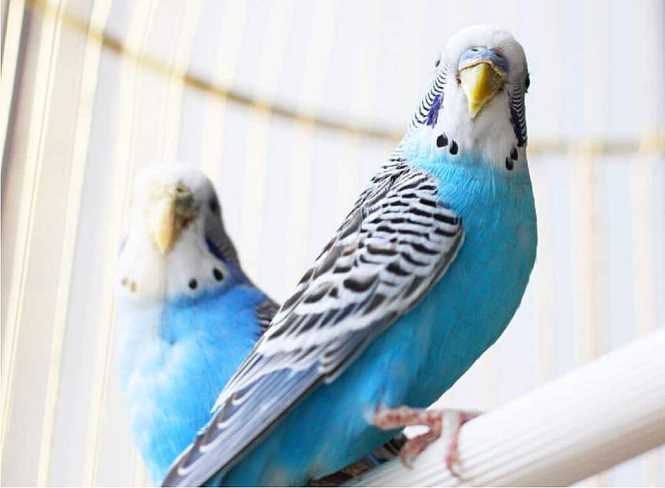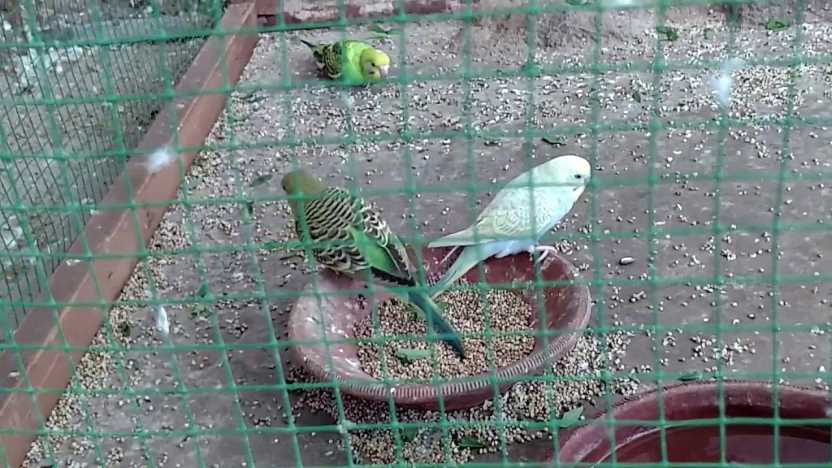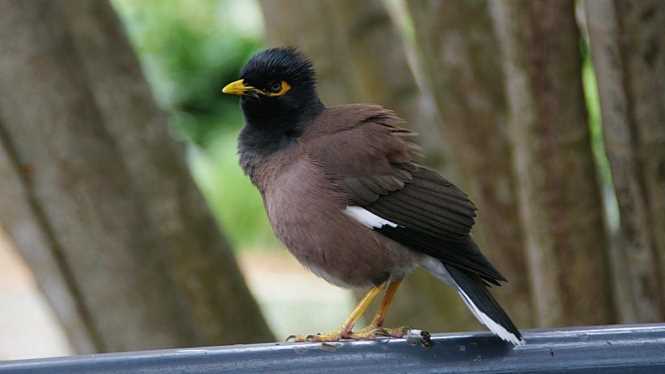 Hey there, fellow bird enthusiasts! If you’re looking to dive into the avian marketplace and sell your beloved pet bird, you’ve come to the right place. This handbook is your trusty guide to navigate the exciting world of selling pet birds. We’ll cover everything from understanding the market to negotiating the sale and providing post-sale support. So, buckle up and get ready to spread your wings in the wonderful world of bird sales!
Hey there, fellow bird enthusiasts! If you’re looking to dive into the avian marketplace and sell your beloved pet bird, you’ve come to the right place. This handbook is your trusty guide to navigate the exciting world of selling pet birds. We’ll cover everything from understanding the market to negotiating the sale and providing post-sale support. So, buckle up and get ready to spread your wings in the wonderful world of bird sales!
Understanding the Market for Pet Birds
Before you embark on your journey to sell your pet bird, it’s crucial to understand the market dynamics. Start by researching the demand for pet birds in your area. Are there bird enthusiasts actively looking to bring home feathered companions? Identifying potential buyers, such as families, individuals, or even bird shops, will help you tailor your marketing efforts effectively. Additionally, take the time to assess the value of your pet bird by considering its age, breed, training, and any unique characteristics that make it stand out.
Preparing Your Bird for Sale
When it comes to selling a pet bird, presentation matters! Ensure that your feathered friend is in tip-top shape. Keep up with regular health check-ups and grooming to maintain their well-being and appearance. Having proper documentation, such as vaccination records and certificates of origin, adds credibility and reassurance for potential buyers. And don’t forget to create an attractive listing for your bird. Describe their personality, special skills, and include high-quality photos that capture their unique beauty. Remember, a picture is worth a thousand chirps!

Setting the Right Price
Pricing your bird appropriately is a balancing act. Consider factors such as the bird’s breed, rarity, age, and demand in the market. Conduct thorough market research to determine a competitive price range that aligns with the bird’s value. Be open to negotiation with potential buyers, as it can help you find a middle ground that satisfies both parties. Remember, finding the right price isn’t about undercutting or overcharging—it’s about finding a fair and reasonable deal.
Advertising and Promotion
In today’s digital age, online platforms and social media are powerful tools to reach a wide audience of bird enthusiasts. Utilize platforms such as avian forums, bird-specific websites, and social media groups to showcase your feathered companion. Craft compelling descriptions that highlight your bird’s unique qualities and emphasize the joy of owning a pet bird. Don’t forget to accompany your descriptions with high-quality photos that capture their vibrant plumage. Engage with potential buyers, promptly respond to inquiries, and provide additional information to help them envision a life with your bird.
Conducting Successful Bird Viewings
When potential buyers express interest in viewing your bird, it’s time to prepare their living space for a successful interaction. Ensure a clean and comfortable environment that showcases your bird’s personality and allows them to feel at ease. During the viewing process, be friendly and approachable, answering questions and sharing anecdotes about your bird’s unique traits. Provide relevant information about their diet, exercise needs, and social interactions to address any concerns the buyer may have. Remember, a warm and inviting experience can make all the difference!

Negotiating and Closing the Sale
When it comes to negotiating the terms of the sale, open and honest communication is the key. Be flexible and willing to find common ground that satisfies both you and the buyer. Once you’ve agreed on the terms, ensure a safe and secure transaction method that protects both parties. Consider using reputable payment platforms or seek guidance from professionals to ensure a smooth and hassle-free exchange. When all the details are finalized, it’s time to transfer the ownership of your feathered friend officially.
After-Sale Care and Support
Your commitment doesn’t end with the sale. Provide the buyer with comprehensive information on bird care, including diet, exercise, and enrichment. Offer post-sale assistance and guidance, answering any questions or concerns they may have as they adjust to life with their new companion. Building a positive relationship with the buyer can lead to referrals and recommendations, enhancing your reputation in the avian community.
Conclusion
Congratulations, bird sellers! You’ve reached the end of our handbook, equipped with the knowledge and strategies to successfully sell your pet bird. Remember, responsible bird selling involves understanding the market, preparing your bird for sale, setting the right price, effective advertising, conducting engaging viewings, negotiating the sale, and providing after-sale care and support. Follow these steps, embrace your passion for birds, and enjoy the rewarding experience of finding a loving home for your feathered friend. Happy selling!
Leave a Reply